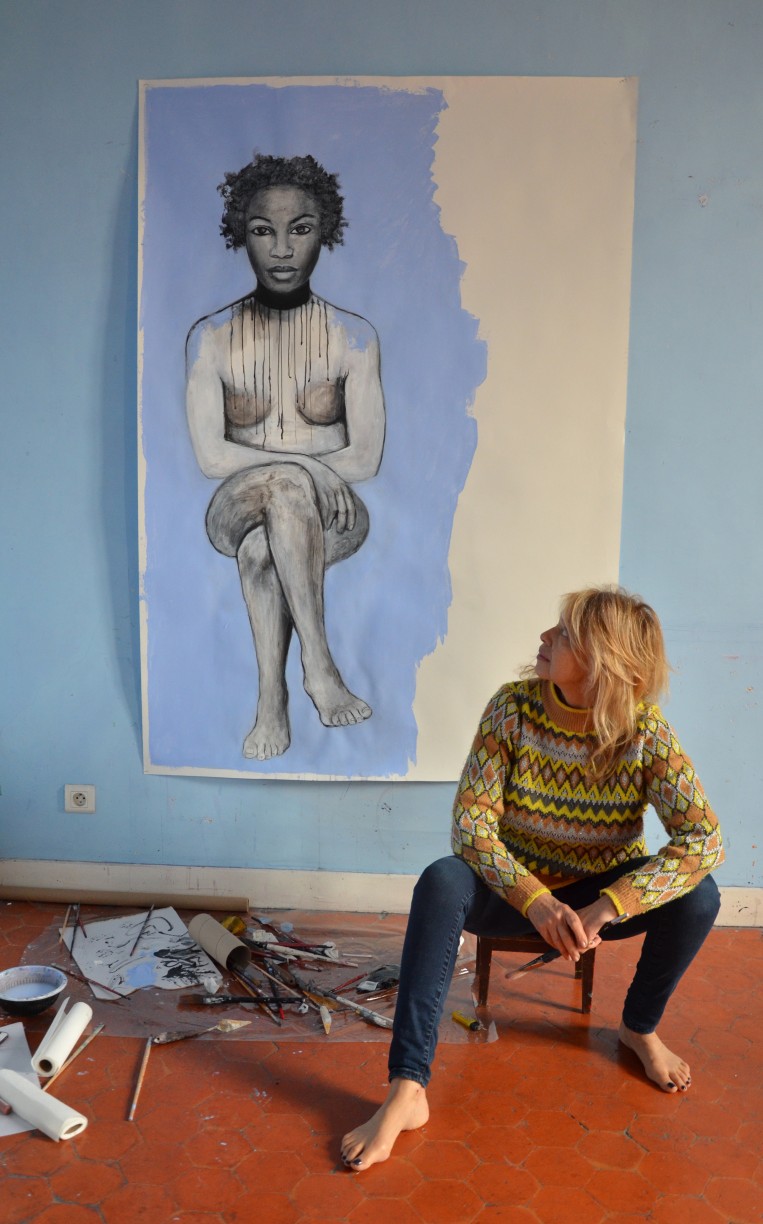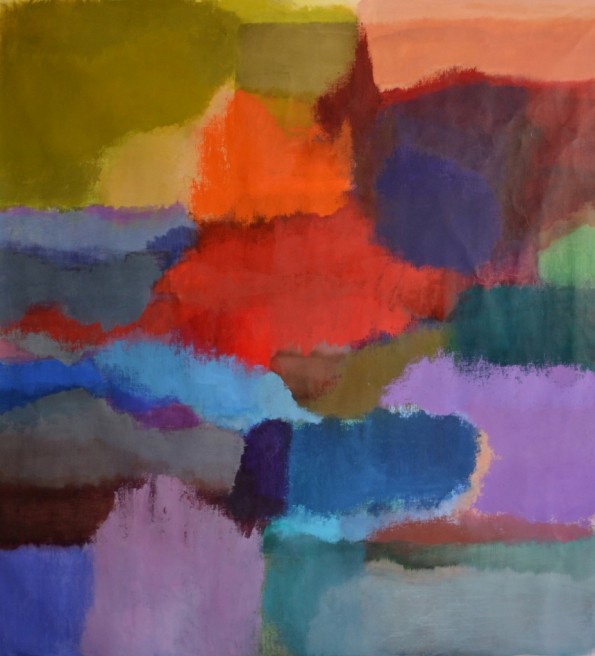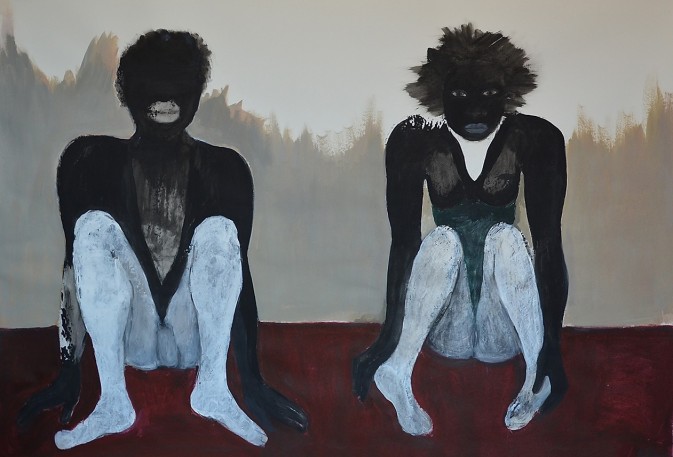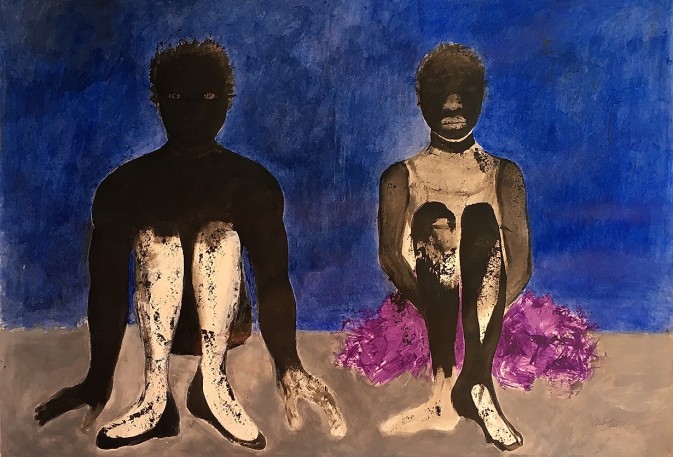Une Muse nommée Afrique, Toute ma Liberté


Since her childhood, Catherine Starkman has been drawn to the people, ideas and culture of Africa. She first discovered the continent through reading the ethnological work of Claude Levi Strauss, before undertaking her own research that allowed her to compare the ways of life in these remote and untouched regions with those of our technologically-driven society.
For inspiration, Catherine Starkman begins by using archival photographs found in travel books. Naturally, she also uses her imagination.
In her early artwork, she explored the tribal side of African life: freedom, destitution, poverty, loneliness, and family were translated into her simple and striking designs, which also illustrate the harmony, wisdom, and purity that emanate from this mode of existence. More recently, she has created more contemporary portraits and silhouettes that meditate upon loneliness, suffering and slavery, but also happiness, sexuality, masculinity, femininity, relationships or simply beauty.
Each of her works seeks to tell a story, capture a moment, and express a feeling. Interpretations, however, can vary: every viewer draws their own meanings from her work.
For Starkman, painting the African people is a way of approaching themes that are dear to her: those of inequality, injustice and racism; but also of admiring beauty and talking about the existence of the ‘Other’ - the one who is not you and who exists through this difference. This is the very essence of our world: the coexistence of all men and women, and the diverse cultures that converge and cross tracks, whether meeting in understanding, mutual support and trust, or in rejection, hate and violence.
Catherine Starkman's African inspiration can be summed up as a language that is at once foreign and familiar, that allows her to articulate a form of artistic, philosophical and figurative discourse.

